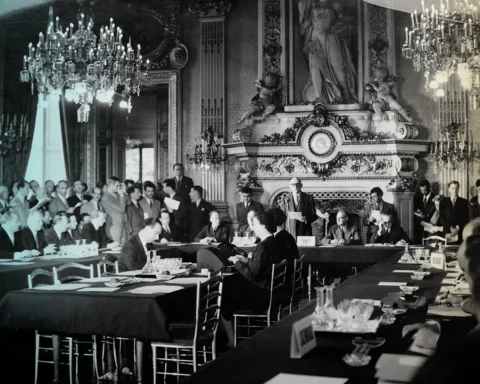According to the latest Eurostat data, for eight years in a row, Romania has been the country with Europe’s second lowest earnings gap between men and women, following the only country where women earn more than men, Luxembourg. The Romanian average unadjusted pay gap was just 3.6 percent in 2021, compared to the EU’s average of 12.7%. Why is this, and to what extent is this the reality of women living and working in Romania?
Coming from a country that has rarely topped such a positive list, this remarkable achievement has been highly praised internationally, with various publications trying to figure out Romania’s secret. Truthfully, there is no such thing as a Romanian formula for achieving equal and balanced gender pay. As is often the case with statistics, multiple factors can influence the results, and the image they portray might not always be an exact replica of reality.
Moreover, the unadjusted pay gap portrays the general perspective on the economy, calculating the difference between average gross hourly earnings of male and female-paid employees without considering factors that determine pay, like job role, education, and experience.
The pay gap formula
So how did Romania succeed in maintaining the lowest indicator for almost a decade? One of the most quoted answers is communism, or, more precisely, the gender equality policies pursued during that time. Under the communist regime, men and women were perceived as on equal footing regarding work. The over 40 years lived under these circumstances prompted the former communist countries to adopt a more equal perspective on gender and payment. Another important aspect to consider is the Romanian legislation, which strictly forbids work discrimination based, among others, on gender.
The national laws protect women against economic injustice, but this alone is not enough to ensure absolute equality of earnings between genders. In order to aid the women’s fight for equal pay, the European Commission has forwarded a proposal that has since been adopted by the European Parliament. The Pay Transparency Directive must be implemented by 2026. According to European Trade Union Confederation, postponing this Directive may lead to annual losses of nearly EUR 500 for Romanian women. The Romanian National Trade Union Institute has been very vocal in implementing the Directive as soon as possible, drawing attention to the losses a postponement would generate.







